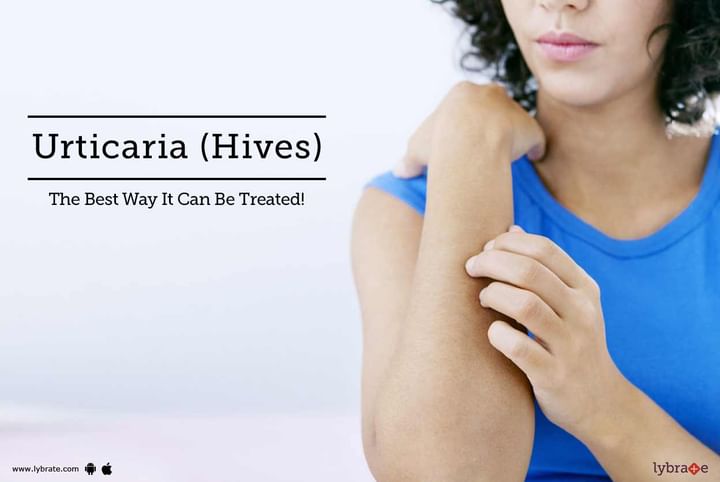Urticaria (Hives) - The Best Way It Can Be Treated!
One of the most important functions of the skin is protection. During this process, it comes in contact with various substances including chemicals, pollen, dust, and other pollutants. While it does protect the overall body from all these, there is some damage that is inevitably done to the skin through these exposures. Different skin and different bodies react differently to these, and while some may have no reaction, others develop allergies. This is also defined by how strong the person’s immunity is.
Hives is one of the most common skin allergy responses. While it is not easy to pinpoint what causes the allergy or the hives, the causative agent can be nailed by observing patterns and excluding out some of the causative agents. There are a set of regular household and surrounding items that could lead to urticaria, and working around these can help pin down the source.
Origin: When the body encounters a foreign body, it produces what are known as histamines. When they are produced, the plasma in the cell leaks out, producing a red and swollen appearance. Hives are red, itchy, raised patches on the skin. They are seen in about 20% of the population. Hives are usually allergic in nature, implying that they occur when there is a foreign substance that induces an allergic reaction. Hives can appear either due to coming in touch with some substance or due to eating some allergy-inducing substance.
Hives can be acute or chronic. Acute is when the hives appear in response to an allergic reaction. These usually disappear in a matter of days to a week at the maximum. In some people, they could be chronic and can last for months together.
Treatment: Given that they are allergic in nature, managing hives includes a combination of immediate treatment as well as preventive measures. While most are topically managed, others might require systemic intervention also.
Once the hives have developed, the following can help in the relief of symptoms and prevent from spreading further. The redness and swelling will take some time to disappear.
- Avoid tight-fitting clothes
- Use cool compresses on the hives
- Avoid warm or hot shower
- Stay in a cooler room
- Avoid itching the hives
- Use topical moisturizer to prevent dryness
- Use topical steroid cream to manage the inflammation
- Take a systemic antihistamine or an injection of epinephrine if required.
While these help in managing the hives which have occurred, preventing is via the following.
- Avoid the source once identified
- If the source is not yet known, record when the hives are occurring
- Manage stress and see hives appear much less
- Increase moisturizer use
- Keep an antihistamine handy so you can take it immediately in case of suspected hives. If you wish to discuss about any specific problem, you can ask a free question.



+1.svg)
